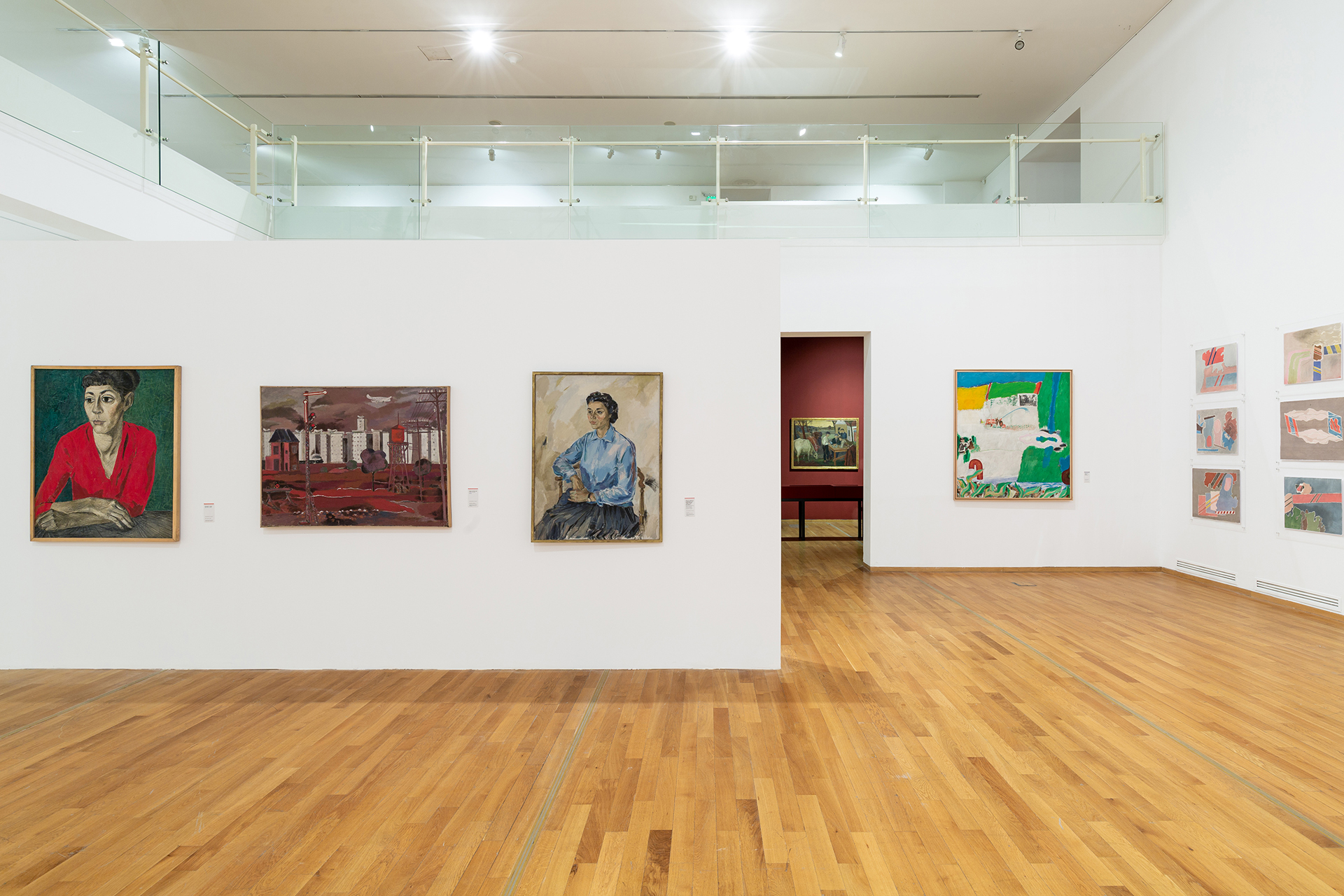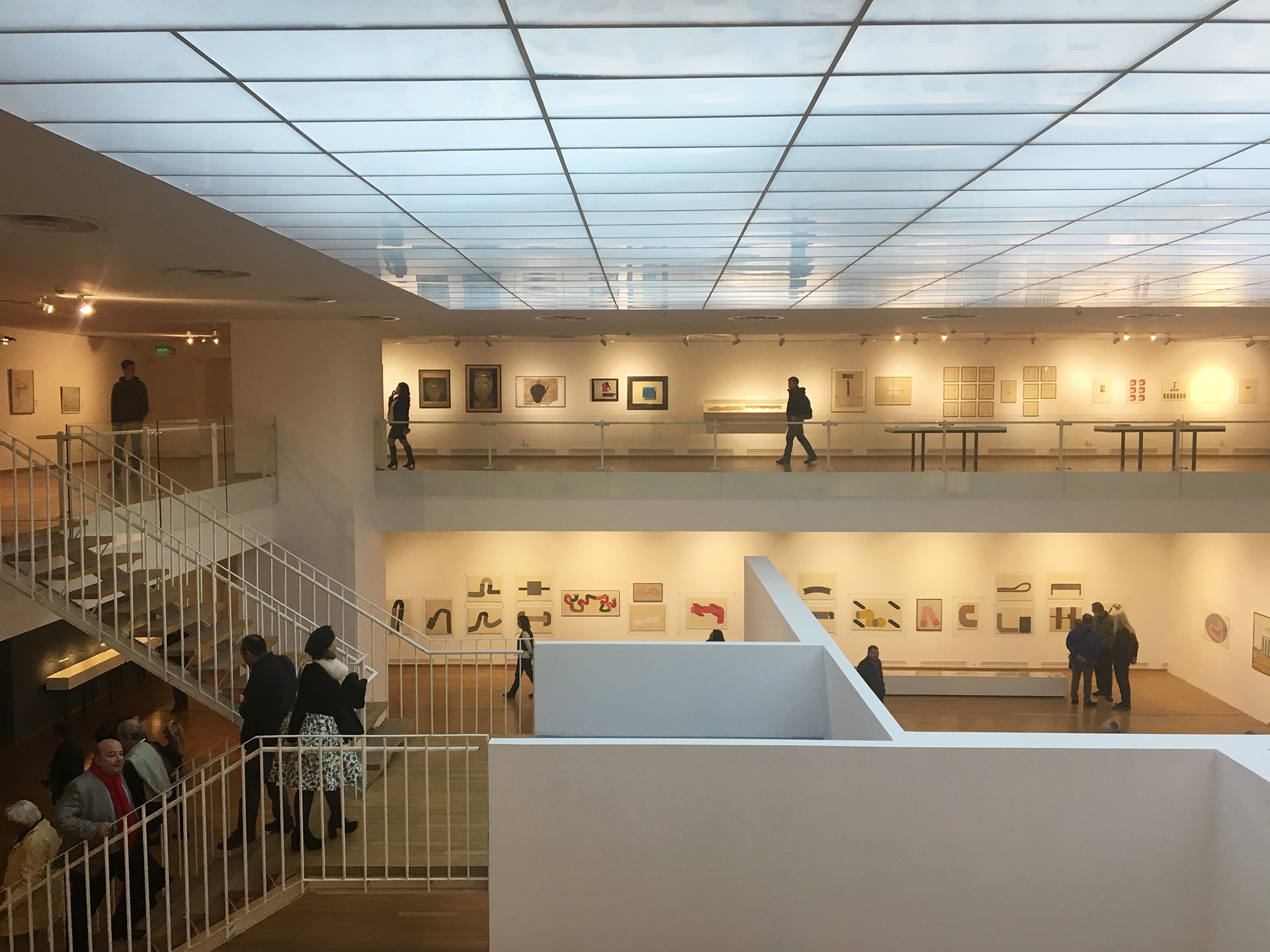Ion Bitzan: The prisoners of the avant-garde
2017

An eclectic and versatile talent and a tireless curiosity, motivated and ambitious, taking full advantage of the brief period of ideological detente in Romanian culture (approximately between 1962 and 1974) contributed to the development of a body of works that can be ascribed, for the most part, to international conceptualism and minimalism. His career was highlighted by participations in the most important biennials of the time and his works are in collections of prestigious institutions such as MoMA, Kunsthalle Hamburg, Stedelijk Museum Amsterdam. In contrast to other colleagues who either emigrated or isolated themselves from the ever more aggressive political context, Ion Bitzan devised a different strategy – both original and risky. Parallel to his research on the history of international experimental art (which resulted in an impressive number of works), Bitzan also produced works commissioned by and dedicated to the Communist Party and its leader, Nicolae Ceausescu.
Looking at Ion Bitzan's oeuvre, the exhibition tries to shed light on a period full of nuances and shadows, when artistic innovation and political art coexisted in a complicated relation.
Passionate about artistic innovation, fascinated to experiment with new technologies and methods, Ion Bitzan developed in his autonomous body of work a certain type of living history of contemporary art, spanning the seventh through the tenth decades of the last century. From minimalism to Art Informel, from geometric abstraction to lettrism, from conceptualism to functionalism, from the figurative to gestural abstraction, from drawing to object, from painting to installation, from fine arts to artist's books, Ion Bitzan left behind an impressive oeuvre. The historical perspective henceforth allows us to analyse it at large and to put in context both the images conceived according to the studio's independent logic, as well as those resulting from official commissions.
An attentive observer of Pop Art, Bitzan skilfully drew from the lessons of Warhol or Rauschenberg, in order to construct a discourse adapted to the needs of the party's propaganda. Taking into account the remarkable versatility of his working style, doubled by an unerring taste in colour and composition, we can put forth the hypothesis that the choice for referencing Pop Art in the political works is a calculated one. The “ugliness” and the kitsch – that became acceptable also due to the great dissemination of this movement – were subversively used by the artist in works meant to pay homage to absolute political power. Ultimately, Ion Bitzan was less of a prisoner of political compromise, which he knew how to transform into counter-propaganda through irony and quotes; rather, he was the serial prisoner of various forms of avant-garde that fascinated him and to which he payed tribute.
‘The Prisoners of the avant-garde’ exhibition starts from these premises, putting Ion Bitzan's versatile personality at the centre of a research on the stylistic, aesthetic and dogmatic stratifications of the successive historical periods crossed by the artist and which are more or less directly rendered in his oeuvre.
The public will thus get acquainted with the turns in Romania's cultural development during the years of communism, while being guided by the works of an important artist who found himself, for almost half a century, in the middle of the turmoils that characterized the epoch.
text: from the catalog of the exhibition











Location: MNAC, Bucharest, RO
Client: National Museum of Contemporary Art
Status: finished
Area: 1500sqm
Team: Kalliopi Dimou, Sorin Istudor
Curator: Călin Dan
Photo: Serioja Bocsok + skaarchitects